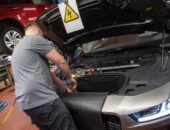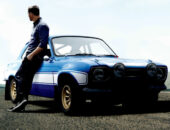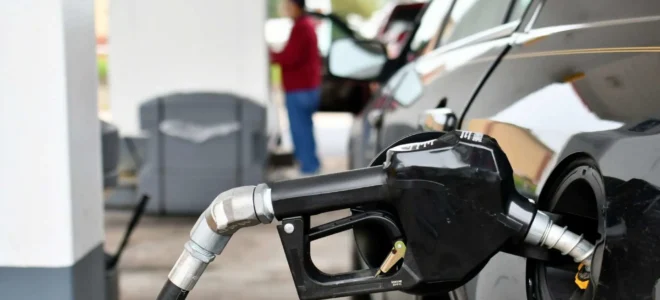
Fuel is to cars as food is to humans. It is the primary source of energy that powers vehicles, enabling them to transport us from one place to another. A car’s propellent system is a complex assembly of various components working cohesively to store and supply it to the engine. Each component holds significant importance, ensuring optimal performance and safety. The main components include the fuel tank, pump, lines, hoses, filters, injectors, pressure regulators, throttle body, and rail. Additionally, older cars might have carburetors.
Fuel Tank
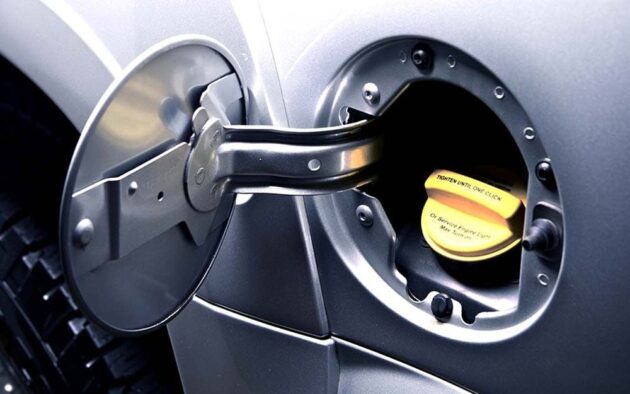
Source: rd.com
A fuel tank’s core function is to safely store the gasoline or diesel that the engine needs. Typically placed at the rear of the vehicle, modern propellant tanks are usually made of high-density polyethylene plastic or steel, which are resilient to impacts and corrosion. Ensuring the safety of propellant tanks is paramount.
Features like rollover valves and check valves are integrated to prevent fuel spillage during accidents, and the tank’s location is strategically chosen to minimize risk. The tank’s design must be robust and feature anti-corrosive properties to prevent rusting and leakage, which could lead to hazardous situations. It is crucial to understand the significance of a tank’s condition and its impact on vehicle safety.
Fuel Pump
The fuel pump is the main of the fuel system components of a car, propelling it from the tank to the engine. Mechanical and electric are the main types of fuel pumps. Mechanical pumps, predominantly found in older vehicles, are driven by the engine’s camshaft. In contrast, electric pumps, common in modern vehicles, are submerged in the tank.
The pump must operate flawlessly to maintain optimal pressure and flow, ensuring the engine receives an adequate fuel supply. A malfunctioning pump can lead to poor engine performance and decreased efficiency. Regular inspections are crucial to identify and rectify potential issues early, avoiding expensive repairs.
Fuel Lines and Hoses
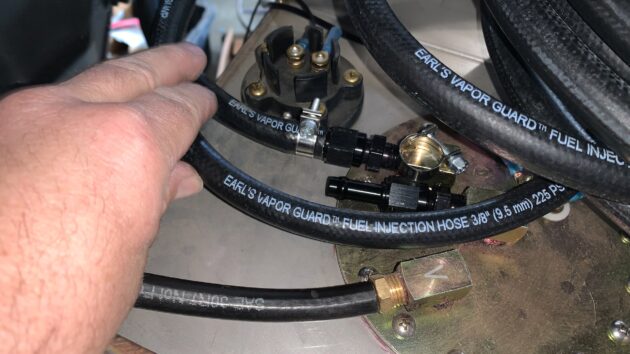
Source: motortrend.com
The circulatory system of the fuel assembly, lines, and hoses transport propellant seamlessly from the tank to the engine. Constructed using durable materials like reinforced rubber or metal, these components endure high pressure and corrosive elements. However, with time, wear and tear can lead to deterioration and leaks, disrupting the smooth flow of propellant.
The vitality of maintaining fuel lines and hoses in top condition cannot be overstated. Regular inspections can unveil potential cracks or damage early, enabling timely replacements and ensuring unimpeded flow, safeguarding engine performance, and longevity.
Fuel Filters
Fuel filters are the guardians of the engine, removing contaminants and impurities from the fuel before it reaches the engine. The presence of dirt, rust, or other foreign particles can lead to severe engine damage and decreased performance. Over time, filters can become clogged, restricting flow, thus necessitating regular replacements.
A clean filter ensures a steady supply, optimal combustion, and enhanced engine life. Comprehending the significance of maintaining filter integrity is essential for car owners looking to protect their investment and prolong their vehicle’s lifespan.
Fuel Injectors
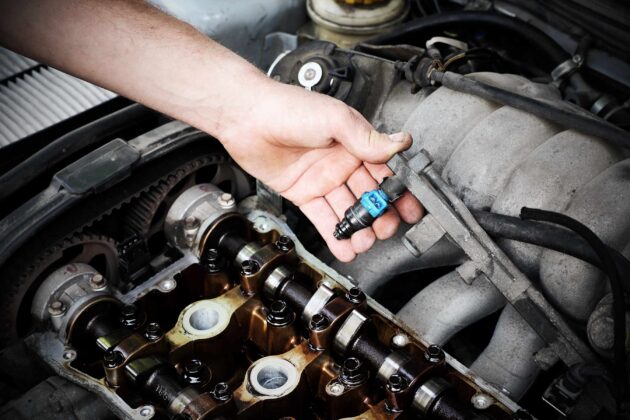
Source: gandgautorepair.com
Fuel injectors are the meticulous dispensers of fuel into the engine’s combustion chambers. They play a pivotal role in controlling the amount of propellant supplied, ensuring efficient combustion and optimum power output. The importance of maintaining injector cleanliness and efficiency is crucial.
Deposits can form on injectors over time, affecting their precision and leading to decreased fuel efficiency and engine performance. Regular cleaning and professional inspections can keep injectors in prime condition, ensuring they function correctly and contribute to a smoother and more efficient driving experience.
Fuel Pressure Regulator
The fuel pressure regulator is a guardian of balance, maintaining optimal pressure across the fuel system. Its primary role is to ensure that the engine receives a consistent and precise amount of propellant under varying driving conditions. Fluctuations in propellant pressure can affect its economy and engine performance significantly. Therefore, understanding and maintaining the pressure regulator’s operational integrity is paramount. Regular check-ups can help in early detection of malfunctions or wear and ensure that the vehicle continues to run efficiently and safely.
Throttle Body and Fuel Rail
The throttle body and fuel rail are critical regulators of propellant flow within the engine. They work hand-in-hand to control the amount of liquid delivered to the engine, directly impacting engine power. The throttle body modulates the air flow into the engine, while the rail distributes propellant to the injectors.
Both components need to be in sync and in optimal condition to maintain engine performance and fuel efficiency. Comprehensive knowledge about their function and regular maintenance can prevent unexpected breakdowns and keep the car running smoothly.
Carburetors
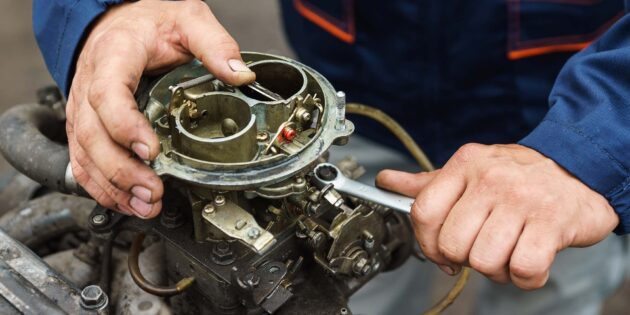
Source: progressive.com
For older cars equipped with carburetors, they are the predecessors to fuel injectors, mixing air with propellant before it enters the engine’s combustion chambers. While they have been largely replaced by more efficient injection systems in modern vehicles, understanding carburetors’ role and functionality is crucial for maintaining vintage cars. Proper tuning and regular maintenance of carburetors are essential to ensure optimal performance and to prevent issues such as flooding or lean mixture.
Common System Problems
The fuel system, with its myriad of components, can encounter several issues like clogs, leaks, and pump failures. Such problems can hamper vehicle performance and pose significant safety risks. Early detection and rectification of these issues are vital to maintaining the vehicle’s operational integrity and safety. Regular inspections and timely interventions can thwart potential catastrophes and ensure uninterrupted and safe driving experiences.
Fuel System Maintenance Tips

Source: mountainviewdodge.com
To maintain a healthy fuel system, car owners should embrace regular inspections, use quality propellant additives, and adhere to cleaning procedures. These additives can help in keeping the injectors clean and improving the system’s efficiency. Regular inspections can unearth potential issues before they escalate into more significant problems, safeguarding against unexpected breakdowns and expensive repairs.
Conclusion
Understanding the intricate anatomy of car fuel systems is indispensable for car owners, mechanics, and enthusiasts. From the tank to the engine, every component holds significant value, contributing to the vehicle’s overall performance, safety, and efficiency. Regular maintenance, inspections, and a keen awareness of each component’s function and state can help in maintaining a car’s propellant system in prime condition, ensuring a seamless and enjoyable driving experience.

